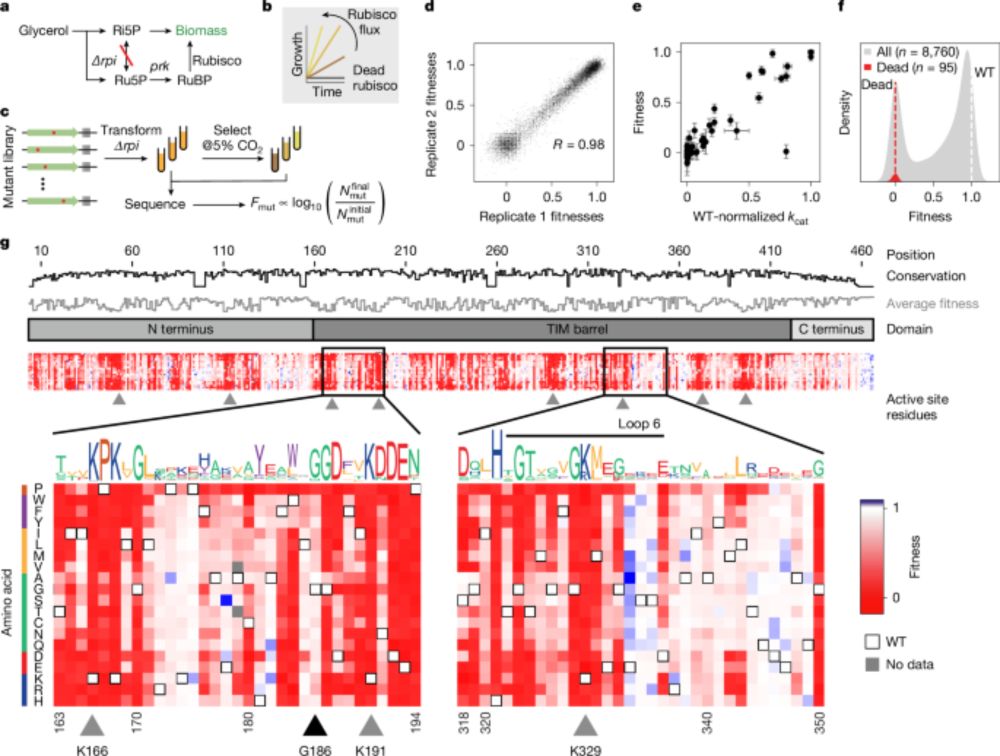Lianet Noda
@lianetn.bsky.social
120 followers
160 following
10 posts
PI - Noda Lab - Hebrew University. Interested in enzymes and pathways, their evolution, and utilization for a sustainable future.
Posts
Media
Videos
Starter Packs
Lianet Noda
@lianetn.bsky.social
· Aug 30
Reposted by Lianet Noda
Lianet Noda
@lianetn.bsky.social
· Jun 30
Lianet Noda
@lianetn.bsky.social
· May 5
Reposted by Lianet Noda
Reposted by Lianet Noda
Lianet Noda
@lianetn.bsky.social
· Jan 24
Reposted by Lianet Noda
noam
@prywes.bsky.social
· Jan 22

A map of the rubisco biochemical landscape - Nature
A massively parallel assay developed to map the essential photosynthetic enzyme rubisco showed that non-trivial biochemical changes and improvements in CO2 affinity are possible, signposting further e...
www.nature.com
Reposted by Lianet Noda
Nonia Pariente
@npariente.bsky.social
· Jan 23
Nonia Pariente
@npariente.bsky.social
· Jan 23

Going for green: Biology for planetary sustainability - PLOS Collections
Our green planet is beginning to show a lot of signs of decay triggered by the demands of our modern lifestyle and constantly growing population numbers. It is our responsibility to try to balance the...
plos.io
Lianet Noda
@lianetn.bsky.social
· Jan 20
Reposted by Lianet Noda
Cameron Thrash
@jcamthrash.bsky.social
· Jan 13

The ability of pentose pathways to form all essential metabolites provides clues to the origins of metabolism
The structure of the early metabolic network is unknown. Here, we report that when considered together, pentose utilization pathways form all life-essential precursors. We speculate that the chemistry...
journals.plos.org
Lianet Noda
@lianetn.bsky.social
· Nov 20





